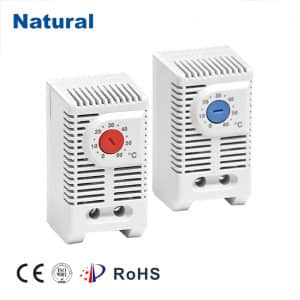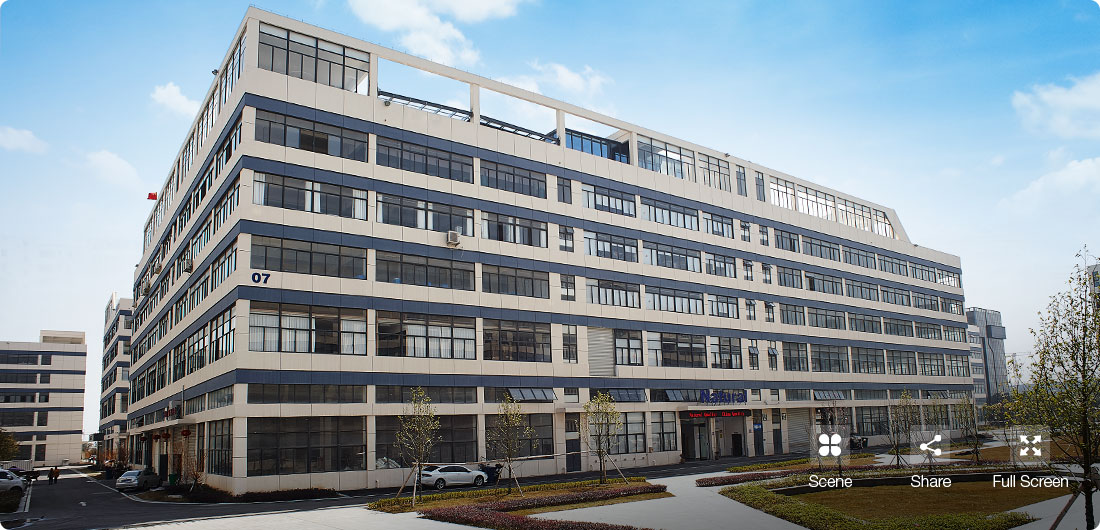文章正文:

The world of technology is brimming with remarkable inventions, each designed to simplify our lives and make our environments more comfortable. Among these inventions, the differential thermostat stands out as a seemingly humble yet highly effective device. In this article, we will delve into the intricacies of the differential thermostat, exploring its history, functioning, applications, and the significant impact it has had on energy efficiency. History
To appreciate the significance of the differential thermostat, we must first understand its origins. The concept of temperature differentials has been a part of human awareness for centuries. However, it wasn't until the 19th century that advancements in thermodynamics and heating systems paved the way for the development of the modern differential thermostat.
Functioning
At its core, a differential thermostat is a device designed to maintain a consistent temperature by controlling the operation of heating or cooling systems. It achieves this by monitoring the temperature difference between two locations and activating or deactivating the systems accordingly.
Imagine a typical household scenario: a central heating system needs to keep both the living room and bedroom at a comfortable temperature. A differential thermostat is strategically placed in one room (e.g., the living room), while the other room's temperature is passively monitored. The thermostat continuously measures the temperature in its location and compares it to the desired setpoint. When the temperature deviates from this setpoint, the thermostat triggers the heating or cooling system to take action.
This is where the "differential" aspect comes into play. The differential thermostat considers not only the current temperature but also the temperature difference between the two locations. It ensures that both rooms maintain a consistent temperature, preventing energy wastage and enhancing comfort.
Applications
Differential thermostats have found a wide range of applications, primarily in the heating, ventilation, and air conditioning (HVAC) industry. They are commonly used in homes, office buildings, and industrial facilities to optimize temperature control. Beyond comfort, differential thermostats are instrumental in conserving energy and reducing utility bills.
One notable application is in solar water heating systems. In these setups, a differential thermostat controls the circulation of water through solar panels and storage tanks. When the temperature of the water in the panels is significantly higher than that in the storage tank, the differential thermostat activates the pump to transfer heat, maximizing energy efficiency.
Another application is in greenhouses, where precise temperature control is essential for plant growth. Differential thermostats help maintain the desired temperature range, ensuring optimal conditions for cultivation.
Energy Efficiency
One of the most significant contributions of differential thermostats is their role in promoting energy efficiency. By preventing overuse of heating or cooling systems, these devices reduce energy consumption, greenhouse gas emissions, and utility costs. This, in turn, contributes to a more sustainable and environmentally friendly approach to climate control.
In conclusion, the differential thermostat may appear unassuming, but its impact on our lives and the environment is substantial. From its historical roots to its modern applications, this device exemplifies the elegant marriage of technology and energy efficiency. As we continue to seek ways to reduce our carbon footprint and enhance comfort, the humble differential thermostat remains an unsung hero in the world of HVAC technology.
 28 items Patent
28 items Patent
 28 items Patent
28 items Patent
 28 items Patent
28 items Patent








